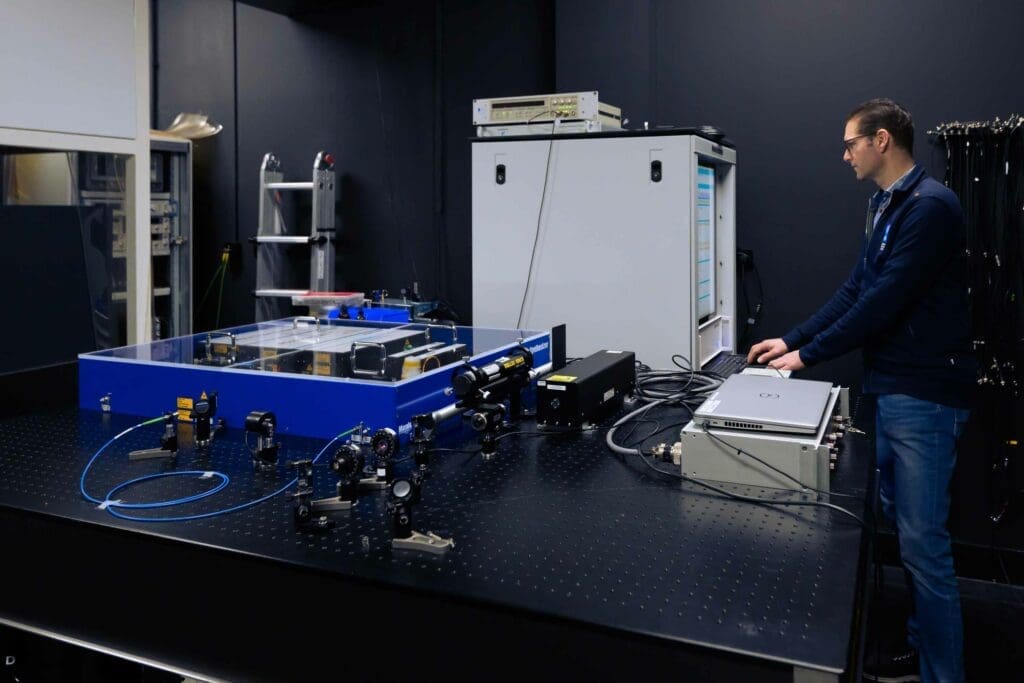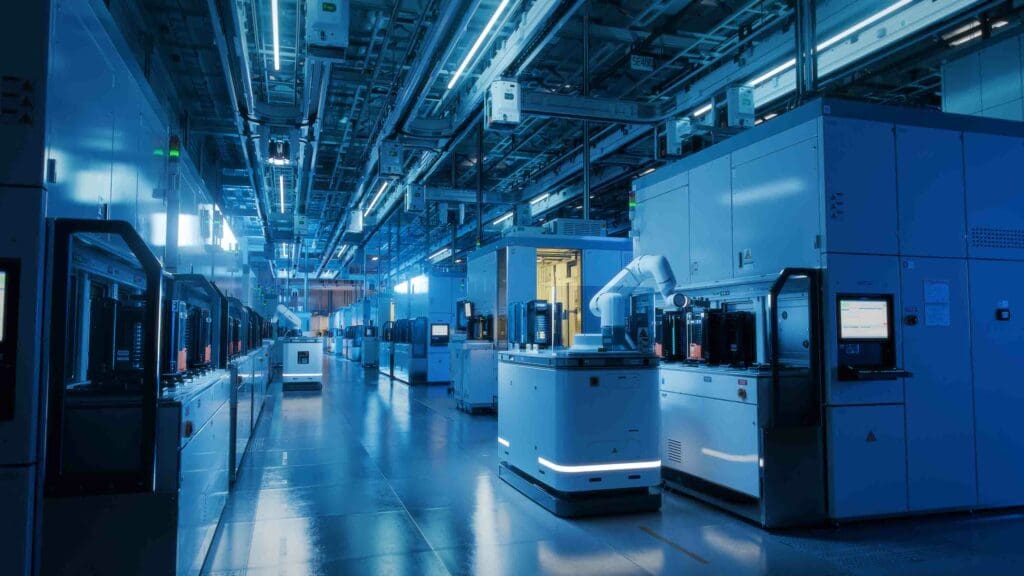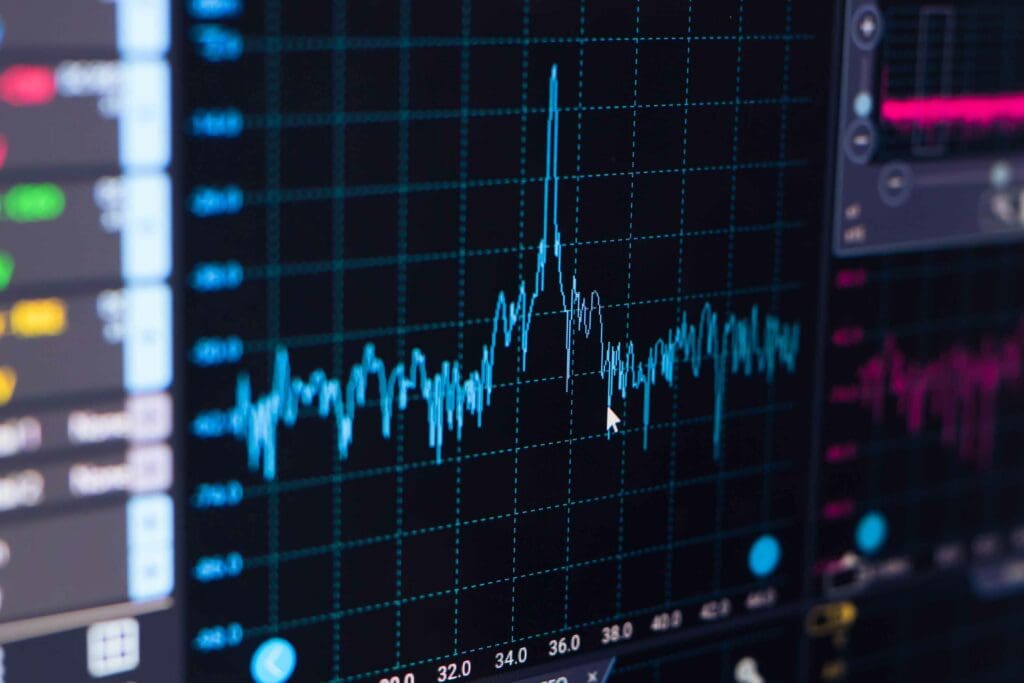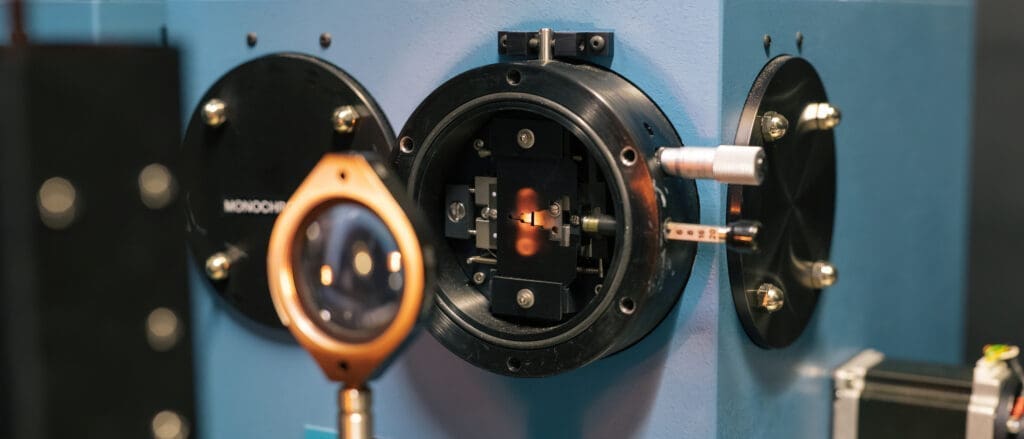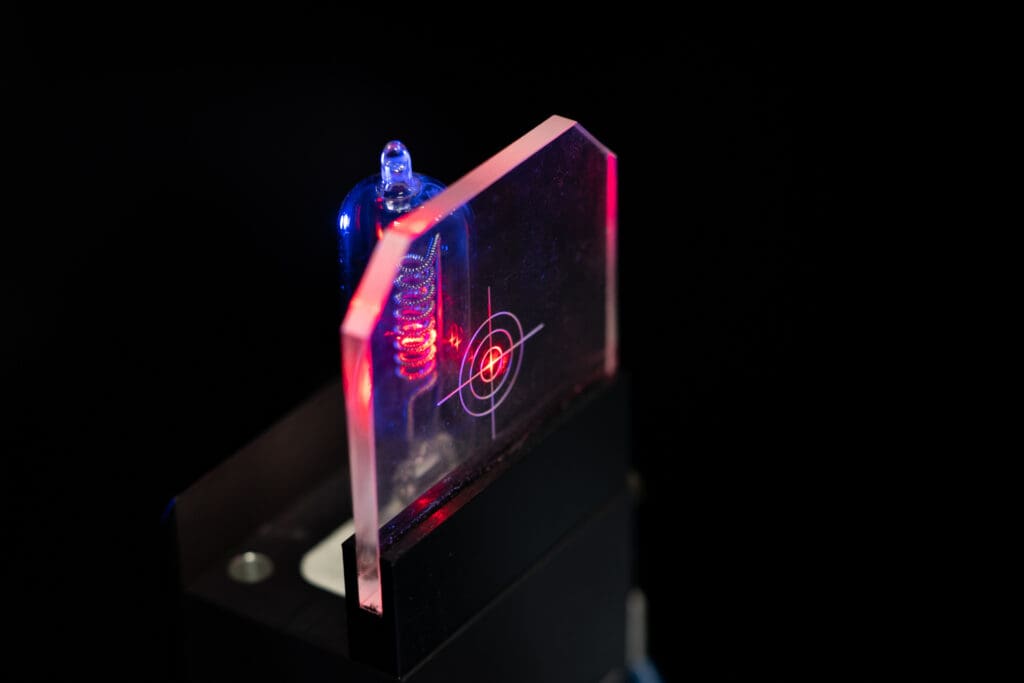Pushing boundaries of nano-dimensional metrology by light (20FUN02 POLight)
Projects
Pushing boundaries of nano-dimensional metrology by light (20FUN02 POLight)
Innovative devices, such as nanochips, high-capacity memories, novel materials and future point-of-care tools all rely on the ability to shape matter at the nanoscale. Thus, the European Commission has identified four Key Enabling Technology (KETs) (i.e. nanotechnology, micro-nanoelectronics, photonics and advanced materials) as strategically important for the European Union (EU). However, the fast-paced technological progress of these four KETs is currently creating a “metrology gap” when compared to the progress in developing metrology methods, critical for validating the development of KETs. This project addresses this issue by developing novel methods to help bridge the metrology gap and in turn foster KET innovation. More specifically, this project will push the boundaries of optical measurement methods by realising a new generation of optical metrology systems, with unprecedented performances in terms of spatial resolution, traceability, reliability and robustness. The overall goal of this project is to push the boundaries of optical measurement methods by realising a new generation of optical metrology systems, with unprecedented performances in terms of spatial resolution, traceability, reliability, and robustness.
Our role
In this project VSL is leading a work package which focuses on Far-field optical nanometrology within the Rayleigh regime. Scatterometry specialists develop accurate methods for measuring nanostructures using far-field illumination far-field detection optical methods such as optical scatterometry with structured illumination, coherent Fourier scatterometry (CFS) and ptychography. VSL is also actively participating in development of innovative imaging methods based on engineering the spatial shape of light in the classical and quantum domain.
Start date: September 1, 2021
End date: August 31, 2024
Read more about this project here.
“The project has received funding from the European Partnership on Metrology, co-financed by European Union Horizon Europe Research and Innovation Programme and from the Participating States.”

Would you like to know more about our services?
Our experts are happy to help.
Lauryna Siaudinyte
Principal Scientist Electricity
Projects
Our expertise in practice
Read more about our projects.









